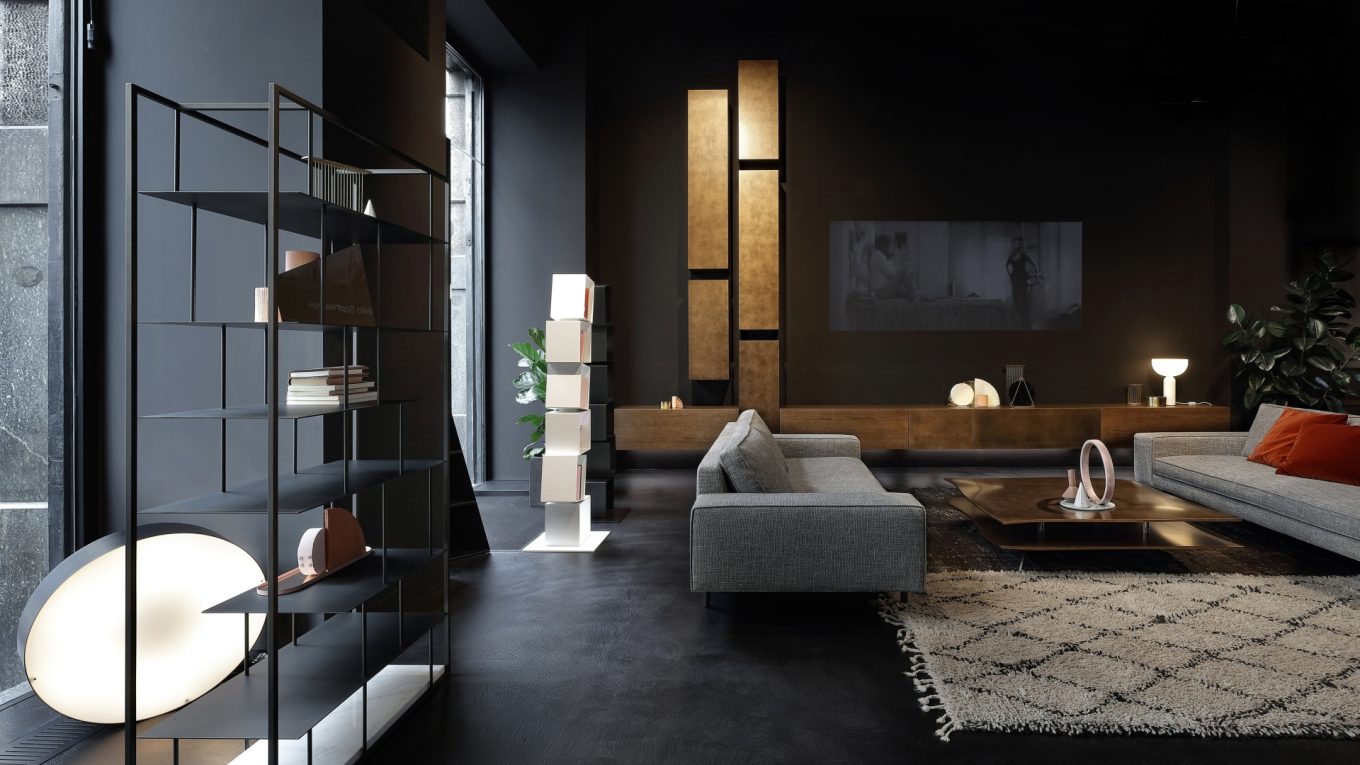From Bare Walls to Beautiful: How to Learn Interior Designing at Home
Table of Contents
Start Learning Interior Designing at Home to Liven Up Bare Walls
Are you frustrated with your plain, bare walls? Do you have an eye for design, but don’t know where to start to make the rooms of your home more interesting? You don’t have to be a professional interior designer to be able to spruce up your home decor. With a few helpful tips and some proper prep, you can easily learn to make your home look beautiful.
Basic Interior Design Principles to Get You Started
As with any creative art, there are certain fundamental principles of interior design you will need to familiarize yourself with before you can achieve the desired outcome. Here are the basics of interior designing that you need to know:
- Balance: Balance refers to the even distribution of elements throughout the room. Balance can be achieved via both symmetrical and asymmetrical arrangements.
- Rhythm: Design elements – such as light, color, and texture – should be repeated within the room, creating an especially pleasing and uniform look.
- Focal Points: To bring creativity and cohesion to your design, you will want an eye-catching piece that serves as a centerpiece and draws the viewer’s attention.
- Scale: Scale refers to the size of the elements the room. Large furnishings balance smaller accessories, and vice versa.
- Proportion: Proportion dictates the scale of decorative elements relative to the size of the room.
Getting Started: Where to Start With Interior Design
Once you have some basic information about the principles of interior design, it is time to get started. Here are a few steps to take when beginning your journey of learning to design and decorate the interiors of your home:
- Analyze and Style: Before you start executing any designs, you need to evaluate your interior space. Get an understanding of the layout, measurements, and the wall structure. Take inspiration from the elements you have available and create a personal style.
- Planning: To ensure a successful end result, take the time to plan. List the desired effect by creating a mood board of your ideas, and then draw out a design plan. Keep the furniture and objects already in the room in mind.
- Furnish: While equal parts comfort and aesthetics are important, start with comfort by picking pieces of furniture that you adore and fit the space. Move items around the room to test layouts. Choose art and accessories to generate texture and complete the look.
- Lighting: Lighting is essential in interior design. Accentuating certain areas, creating areas of interest, and hiding blemishes through shadowing all require the right combination of ambient and task lighting.
- Finishing Touches: Once you are sure everything looks and feels right, go for the details. Accentuate the room with your unique style. Add pillows, sculptures, or plants to ensure the best ambience.
Take Learning Interior Design Too Far by Becoming Certified
You are now well on your way to learning interior designing at the comfort of your home. If you find that you enjoy and excel in this hobby, don’t be afraid to make a career out of it. It is possible to get certified in interior design, opening up many opportunities and professional possibilities. With some dedication and skill, you can create beautiful home designs that are worthy of recognition.
To become a certified interior designer, start by researching what you need to do to qualify. Many institutions offer interior design study options, including online classes, that can provide you with the information and skills you need to do the job. When it is time to write your certification exam, contact the National Council for Interior Design Qualification and verify the requirements.
With a few simple tips and some understanding of basic interior design principles, you are now well on your way to transforming your bare walls into a breathtaking design. Intuition and dedication have the power to make any interior design project a success, so don’t hesitate to start learning interior design at home and enjoy your newfound creative outlet.


